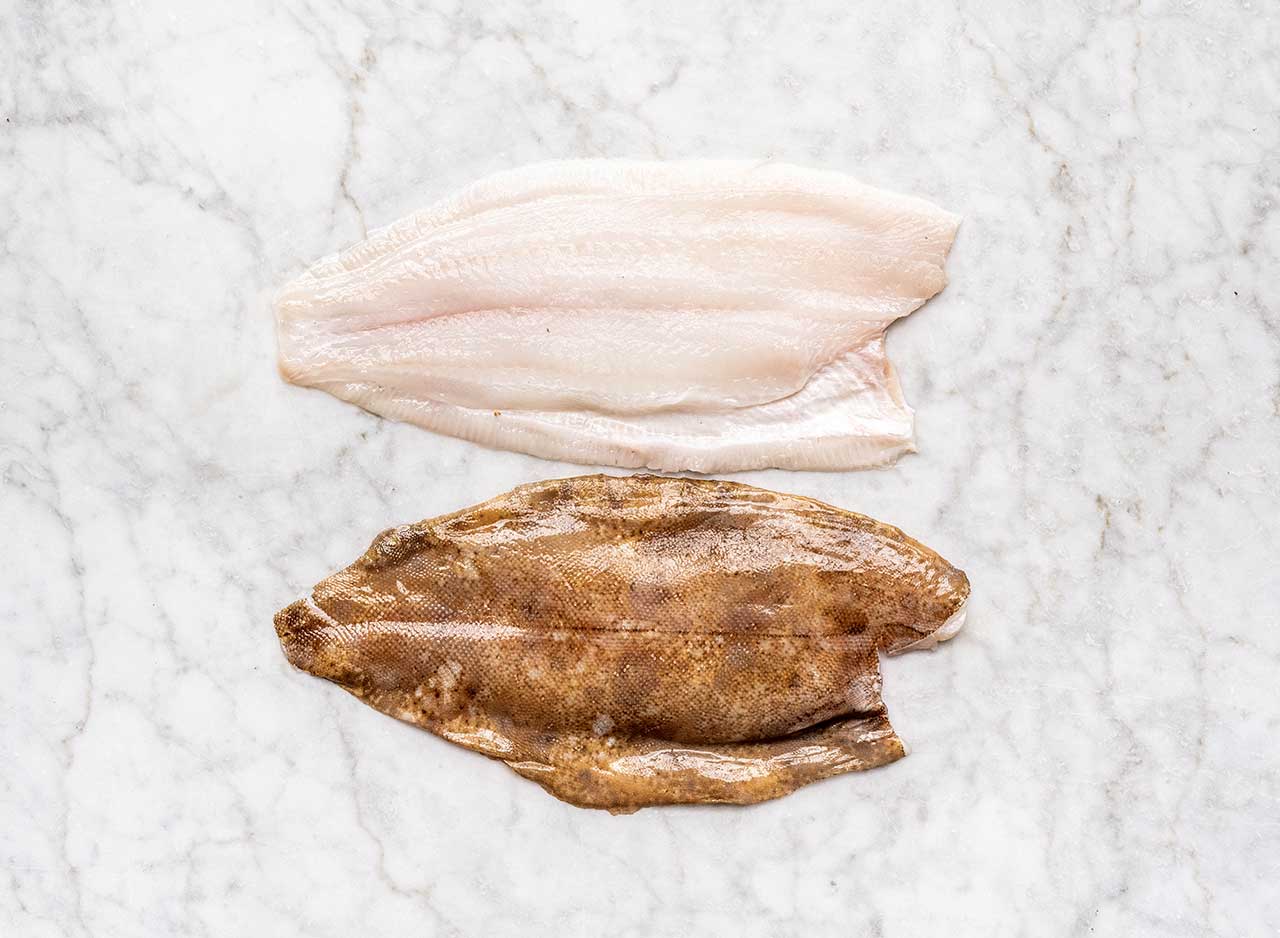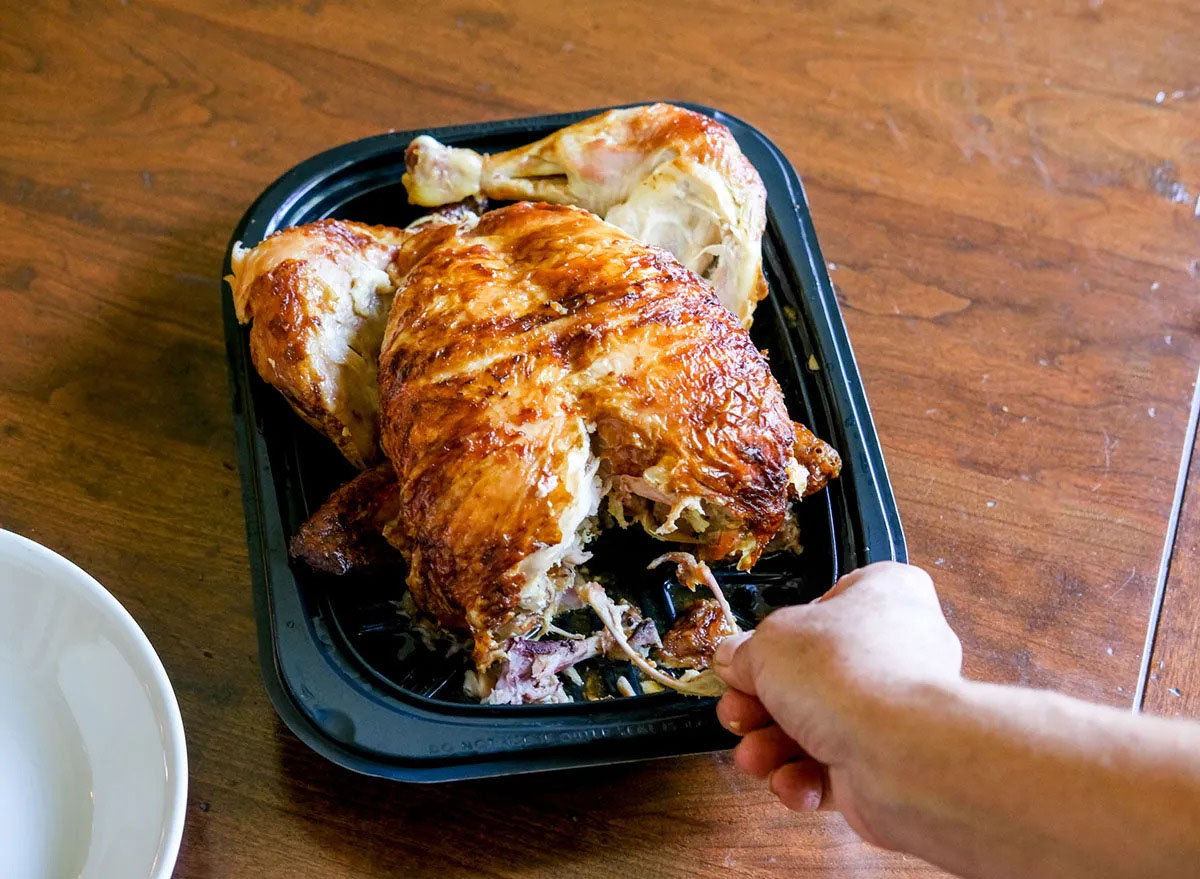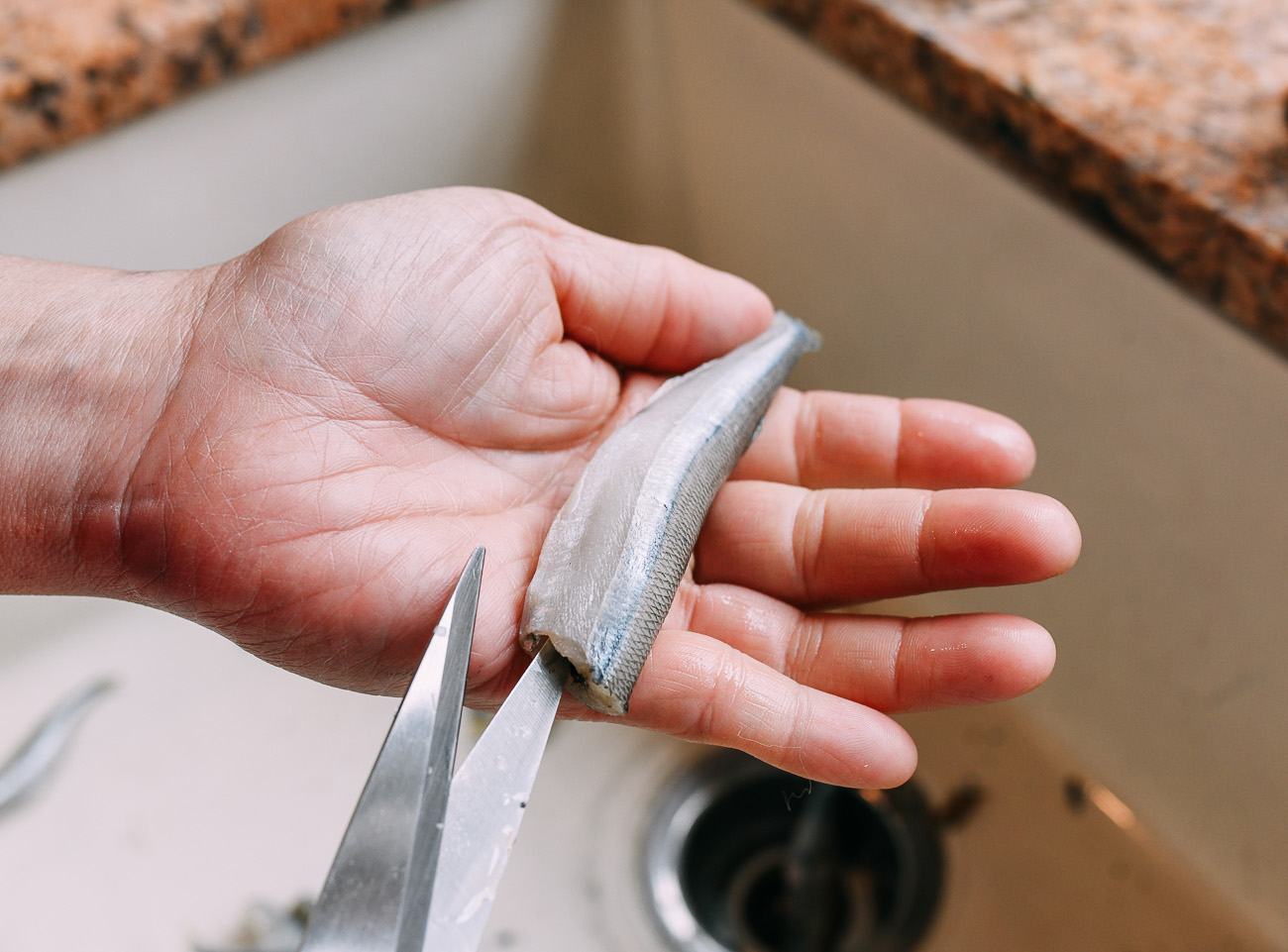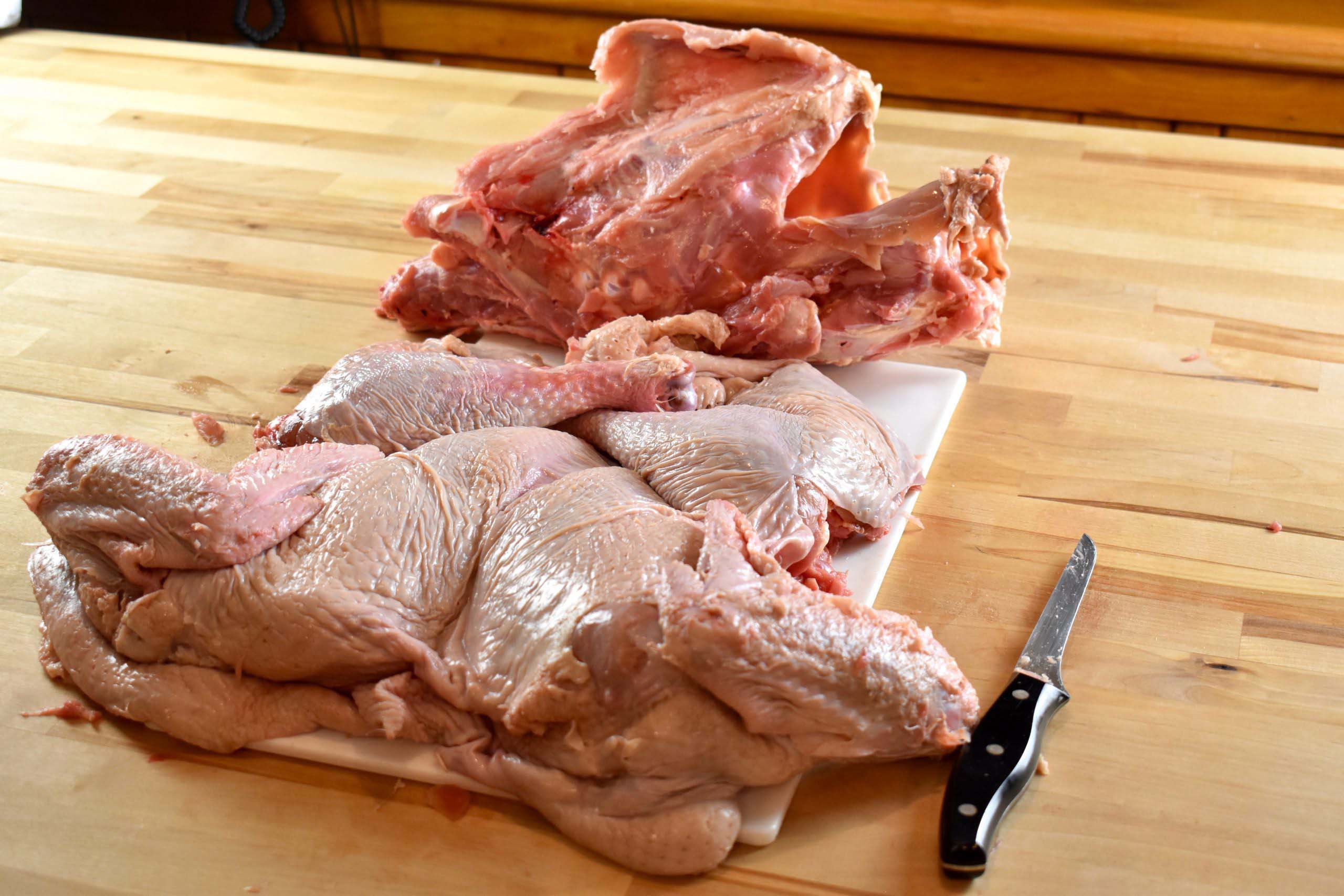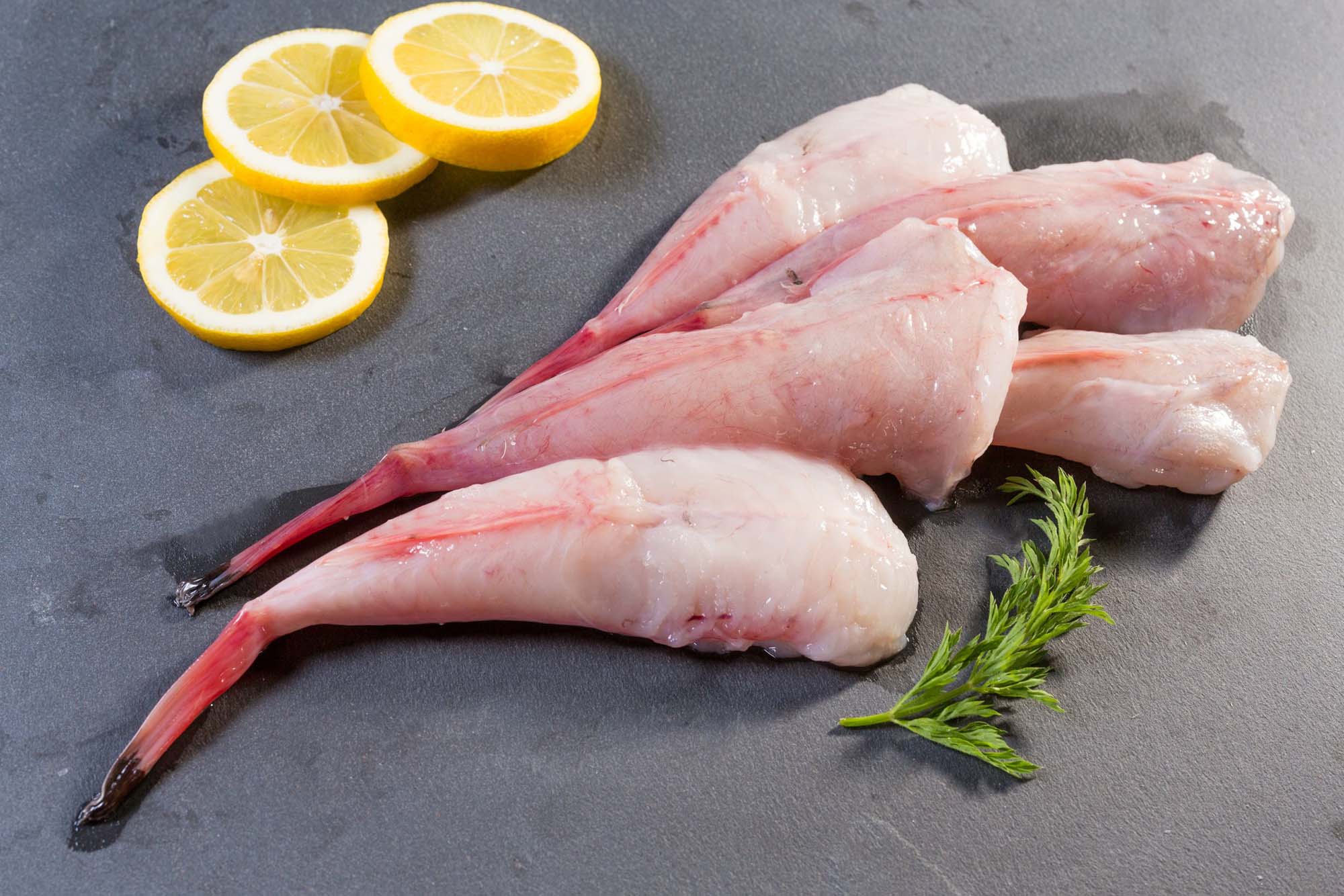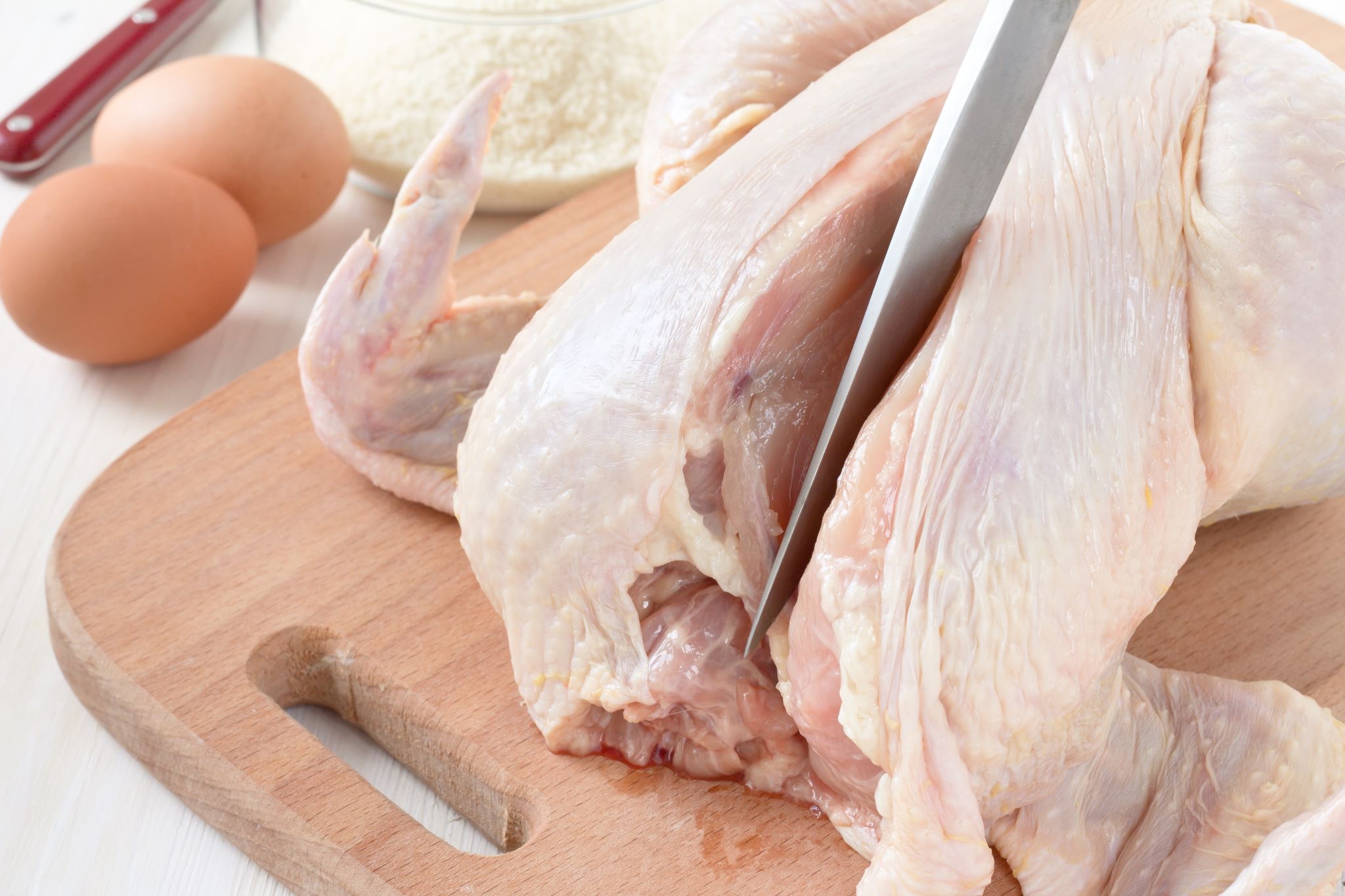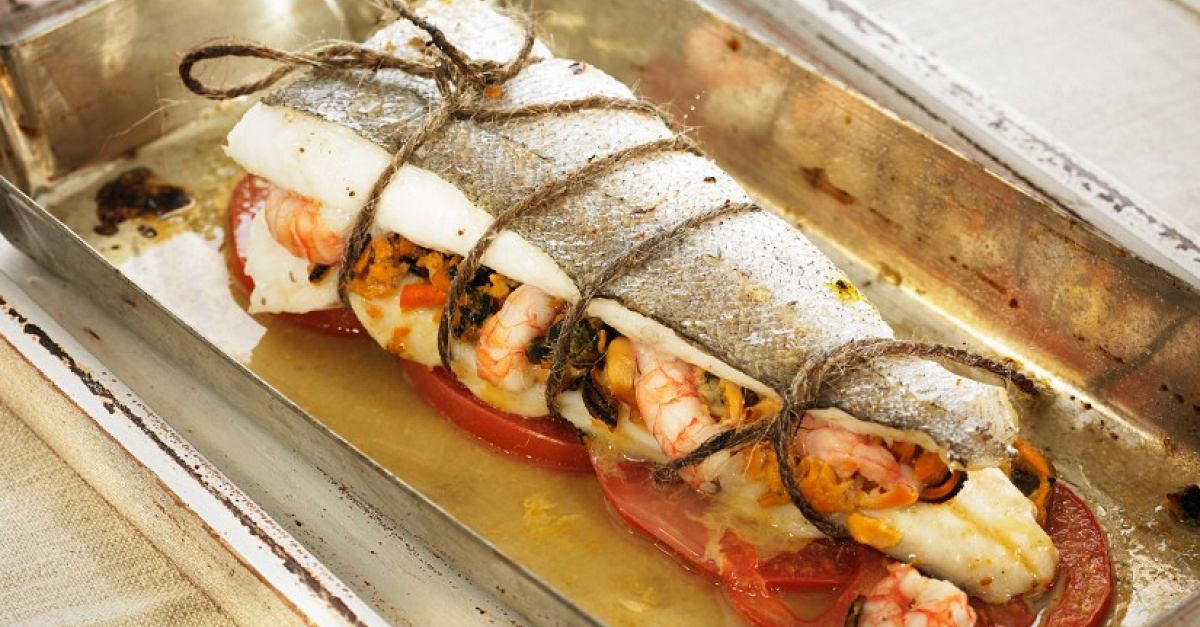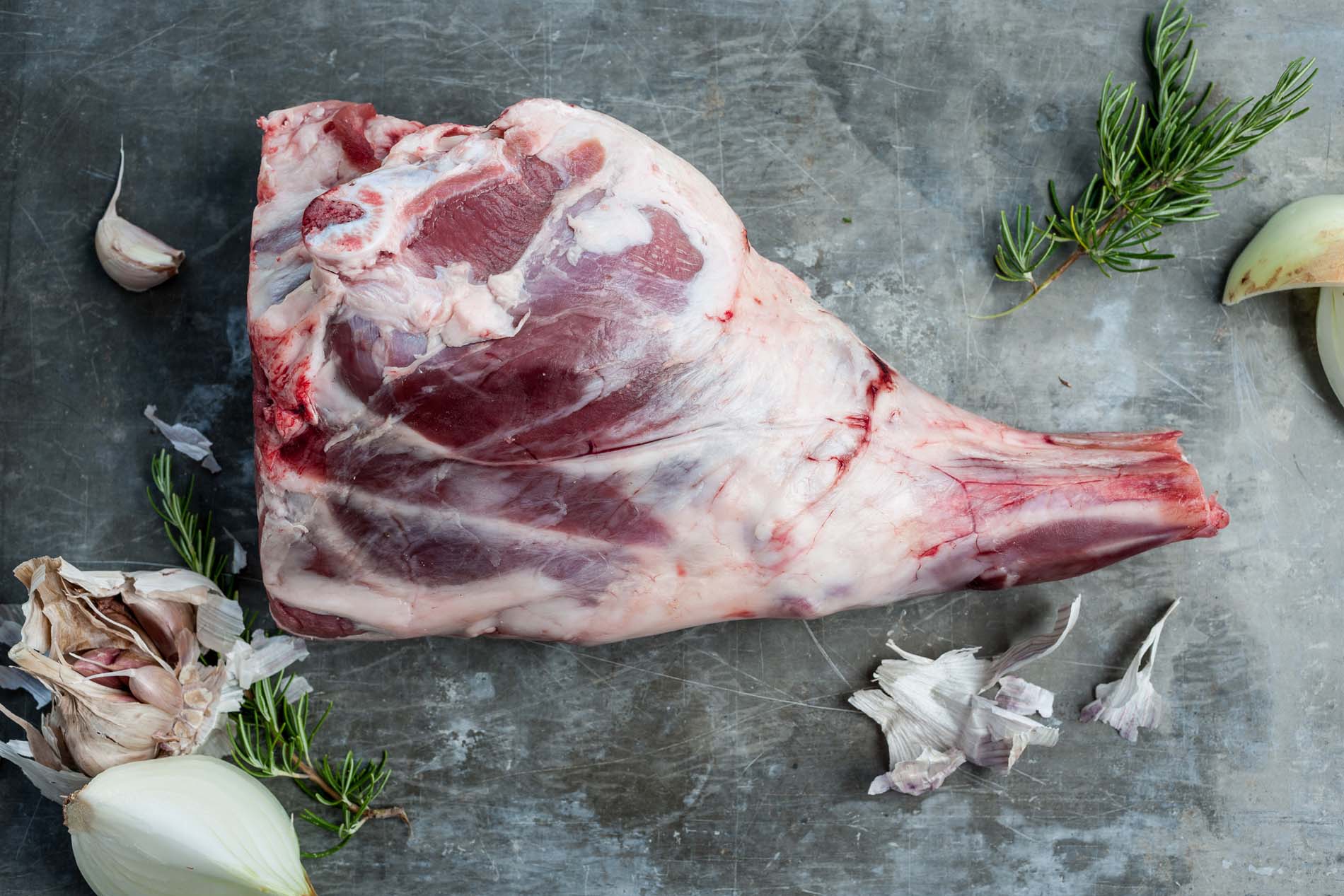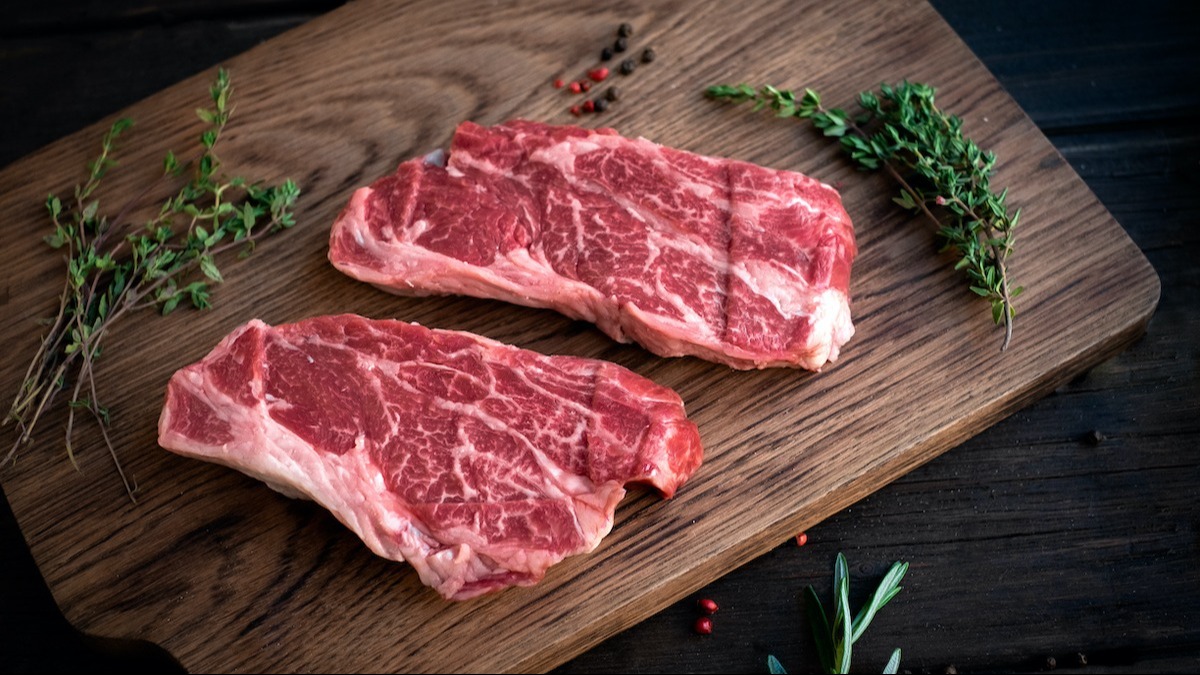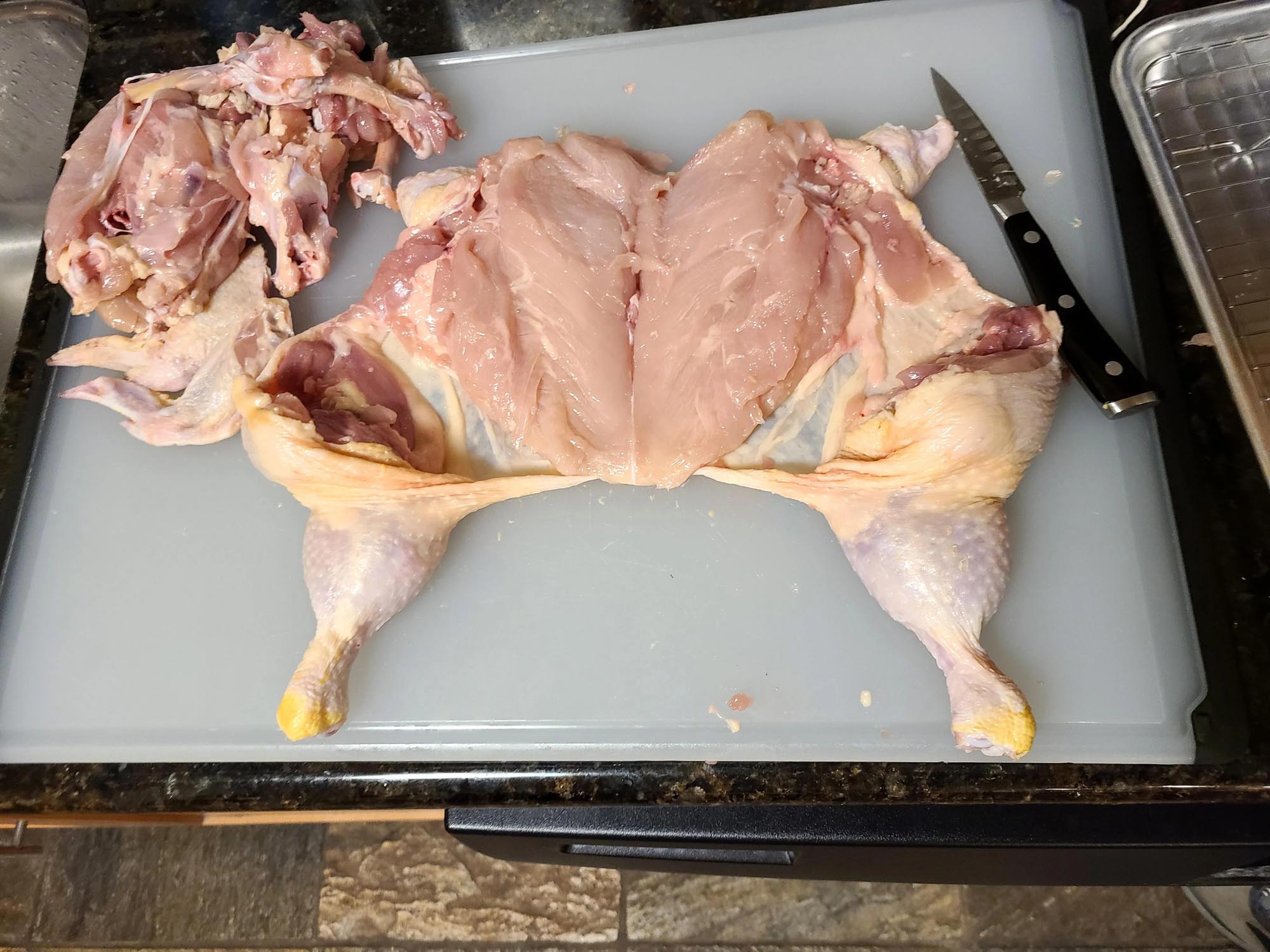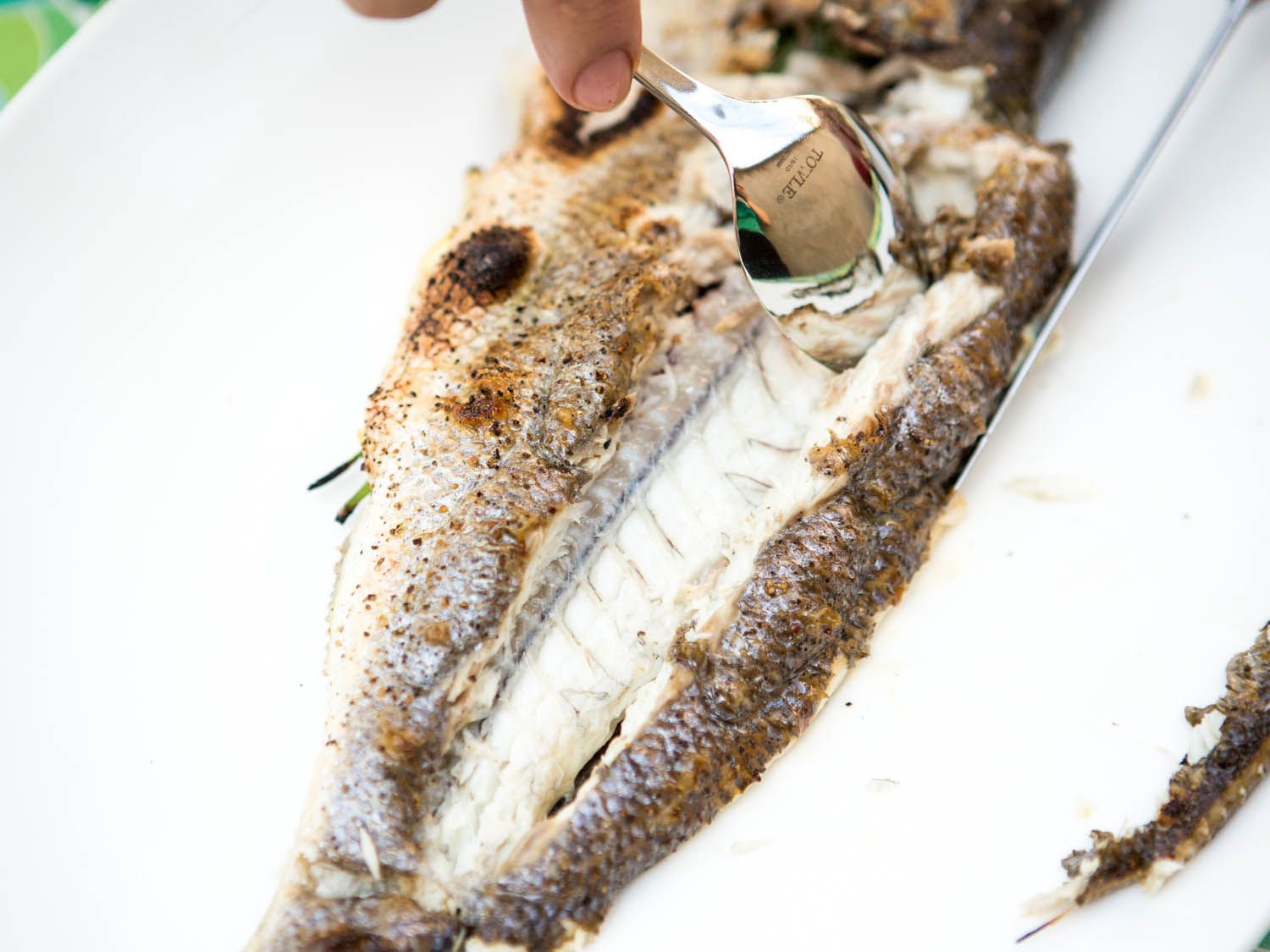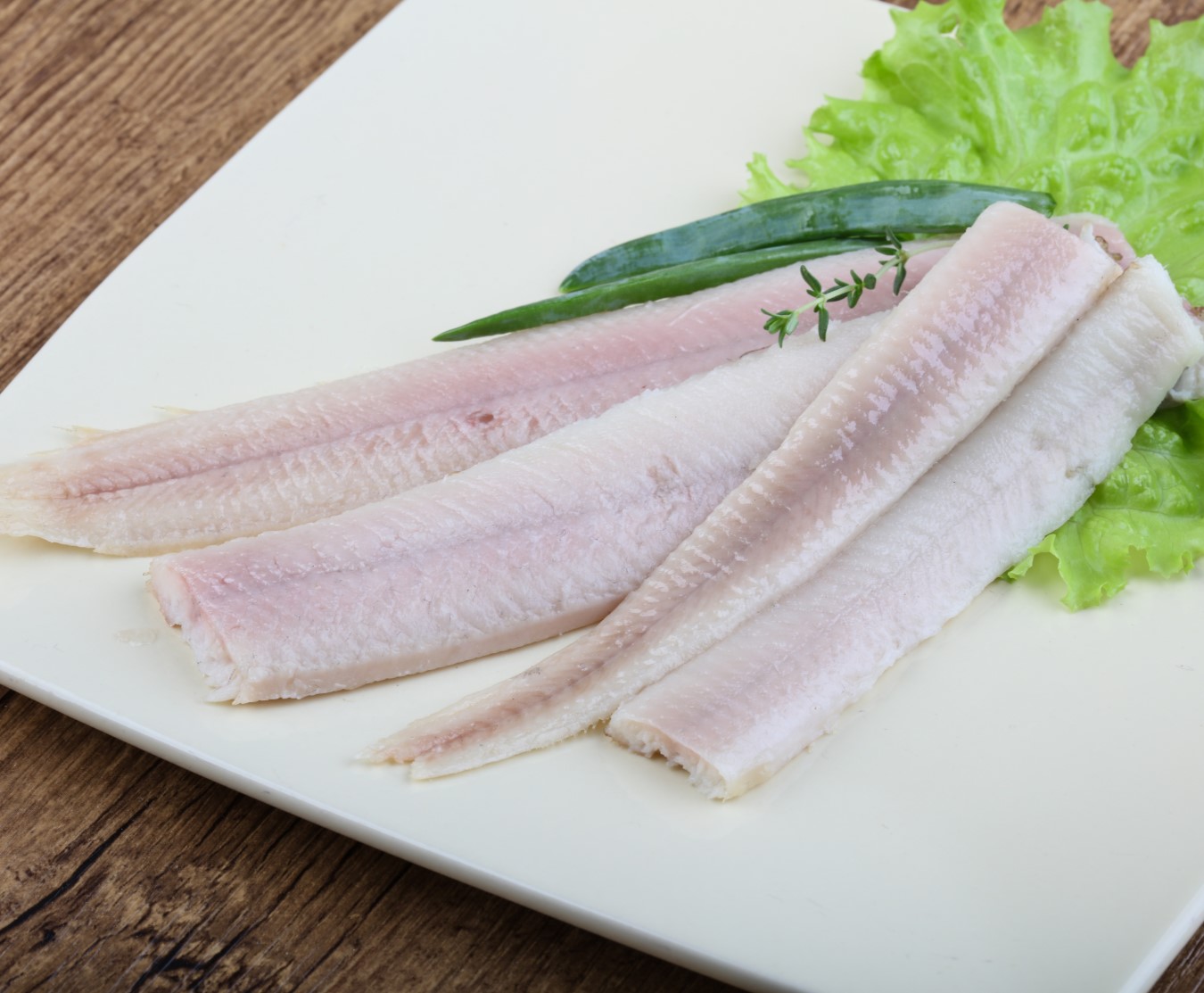When it comes to preparing suckers and carp, deboning is an essential step to ensure a pleasant dining experience. These fish are known for their unique flavors and can be a delicious addition to any meal when prepared properly. In this guide, we will walk you through the process of deboning suckers and carp, so you can confidently tackle this task in your own kitchen.
Understanding the Anatomy
Before we dive into the deboning process, it's important to have a basic understanding of the anatomy of suckers and carp. These fish have a similar bone structure, with a central backbone and numerous small bones extending from it. The key to successfully deboning them lies in carefully removing these smaller bones while preserving as much of the meat as possible.
Tools You'll Need
To debone suckers and carp, you'll need a few essential tools:
- Sharp Fillet Knife: A sharp, flexible fillet knife is crucial for precision and control when removing bones.
- Cutting Board: Use a stable cutting board to provide a solid surface for filleting the fish.
- Pliers: A pair of needle-nose pliers can be handy for extracting small bones.
Step-by-Step Deboning Process
Follow these steps to debone suckers and carp:
-
Prepare the Fish: Start by rinsing the fish under cold water and patting it dry with paper towels. Place the fish on the cutting board with the belly facing up.
-
Make the Initial Incision: Use the fillet knife to make a shallow incision along the top of the fish, just behind the gills. Cut down to the backbone, then angle the knife towards the head to create a flap of skin and flesh.
-
Remove the Fillet: With the initial incision made, carefully slide the knife along the backbone, using gentle, smooth strokes to separate the fillet from the bones. Take your time and follow the natural contours of the fish to minimize waste.
-
Locate the Y-Bones: Once the fillet is removed, you'll notice a line of Y-shaped bones running down the center. These are the bones that need to be removed to make the fillet boneless.
-
Extract the Y-Bones: Using the fillet knife, carefully cut along the top of the Y-bones to separate them from the flesh. Then, use the pliers to grip the end of the Y-bones and gently pull them out in one smooth motion. Take care to remove all the small pin bones as well.
-
Trim and Clean the Fillet: After removing the Y-bones, trim any excess fat or remaining bones from the fillet. Run your fingers along the flesh to check for any missed bones, and remove them as needed.
-
Repeat the Process: Flip the fish over and repeat the process to remove the second fillet and debone it in the same manner.
Tips for Success
- Keep Your Knife Sharp: A sharp knife is essential for clean, precise cuts and makes the deboning process much easier.
- Work Carefully: Take your time and work methodically to avoid damaging the flesh or leaving behind small bones.
- Practice Makes Perfect: If you're new to deboning fish, don't be discouraged if it takes a few tries to master the technique. With practice, you'll become more confident and efficient.
Enjoy Your Boneless Fillets
Once you've successfully deboned your suckers and carp, you can use the boneless fillets in a variety of recipes. Whether you prefer grilling, baking, or pan-searing, these boneless fillets are versatile and can be seasoned and prepared to your liking.
Deboning suckers and carp may seem daunting at first, but with the right tools and a bit of practice, you can master this essential skill. By following these steps and tips, you'll be well-equipped to prepare boneless fillets that are ready to be transformed into delicious meals.
Was this page helpful?
Read Next: How To Debone Smelt
